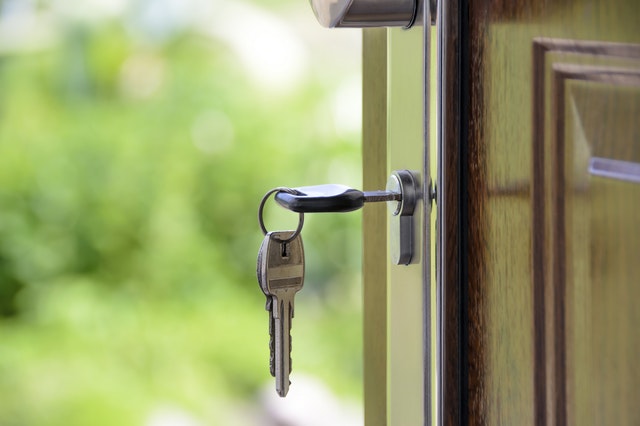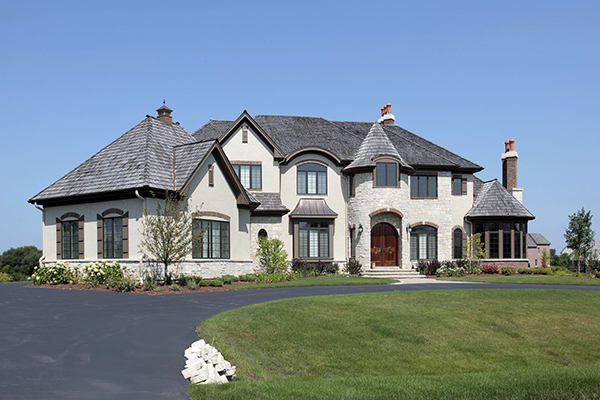 Last week’s economic reports included readings from the National Association of Home Builders on housing markets along with Commerce Department data on housing starts and building permits issued. Weekly reports on mortgage rates and unemployment claims were also released.
Last week’s economic reports included readings from the National Association of Home Builders on housing markets along with Commerce Department data on housing starts and building permits issued. Weekly reports on mortgage rates and unemployment claims were also released.
NAHB: Builder Confidence in Housing Markets Increases in July
Homebuilders gained confidence in housing market conditions as home buyers sought homes in less-congested suburban areas. Builder confidence rose 14 points to an index reading of 72 in July. NAHB Chair Chuck Fowke said, “Builders are seeing strong traffic and lots of interest in new construction as existing home inventory remains lean.”
Homebuyers sought larger homes to accommodate work-at-home needs and also fled from urban congestion posing hazards due to Covid-19. Robert Dietz, chief economist for NAHB said, “Flight to the suburbs is real.” This trend benefits home builders, who must meet buyer demand.
Inventories of pre-owned homes remained low and improved builder outlook on current sales of single-family homes by 16 points to an index reading of 79.
Builder confidence in market conditions for the next six months rose seven points to 75 and builder confidence in buyer traffic rose 15 points to 58. Index readings over 50 indicate positive market conditions.
Commerce Department readings for June housing starts and building permits issued were higher than in May. 1.19 million housing starts were reported on a seasonally adjusted annual basis as compared to May’s reading of 1.01 million housing starts. 1.24 million building permits were issued in June on a seasonally adjusted annual basis as compared to May’s reading of 1.22 million permits issued.
Mortgage Rates, Jobless Claims
Freddie Mac reported the lowest mortgage rates in 50 years last week; the average rate for 30-year fixed-rate mortgages fell five basis points to 2.98 percent. Rates for 15-year fixed-rate mortgages fell three basis points to 2.48 percent; rates for 5/1 adjustable rate mortgages rose four basis points to 3.06 percent on average Analysts said that as low mortgage rates encouraged would-be buyers to enter the market, increasing cases of COVID-19 in some areas could cause markets to cool as fears of layoffs and unemployment impact real estate markets.
New and continuing jobless claims fell last week but remained much higher than pre-COVID-19 readings. 1.30 million initial jobless claims were filed as compared to the prior week’s reading of 1.31 million new claims. Continuing jobless claims fell to 17.30 million claims as compared to the previous weekly reading of 18.10 million ongoing jobless claims.
What’s Ahead
Readings on sales of new and previously-owned homes will be released along with weekly reports on mortgage rates and unemployment claims.


 Home builder confidence in housing market conditions stayed flat in September. The National Association of Home Builders Housing Market Index reported an index reading of 67, which matched expectations and NAHB’s housing market reading for August. Analysts cited recent tariffs on building materials as a significant cause of easing builder confidence.
Home builder confidence in housing market conditions stayed flat in September. The National Association of Home Builders Housing Market Index reported an index reading of 67, which matched expectations and NAHB’s housing market reading for August. Analysts cited recent tariffs on building materials as a significant cause of easing builder confidence. Positive economic growth numbers are always cause for celebration and the second quarter GDP just went vertical. After nearly four years of sub-par growth, the real GDP hit 4.1 percent in the second quarter.
Positive economic growth numbers are always cause for celebration and the second quarter GDP just went vertical. After nearly four years of sub-par growth, the real GDP hit 4.1 percent in the second quarter. Homebuilder confidence in housing market conditions dipped two points in January; ongoing challenges including labor shortages and materials costs were cited by the National Association of Home Builders, which provides monthly readings on home builder sentiment. Three component readings of the Housing Market Index declined by one point each. Readings for current sales conditions, housing market conditions for the next six months and for buyer traffic within new single-family housing developments were 79, 78 and 54 respectively.
Homebuilder confidence in housing market conditions dipped two points in January; ongoing challenges including labor shortages and materials costs were cited by the National Association of Home Builders, which provides monthly readings on home builder sentiment. Three component readings of the Housing Market Index declined by one point each. Readings for current sales conditions, housing market conditions for the next six months and for buyer traffic within new single-family housing developments were 79, 78 and 54 respectively.